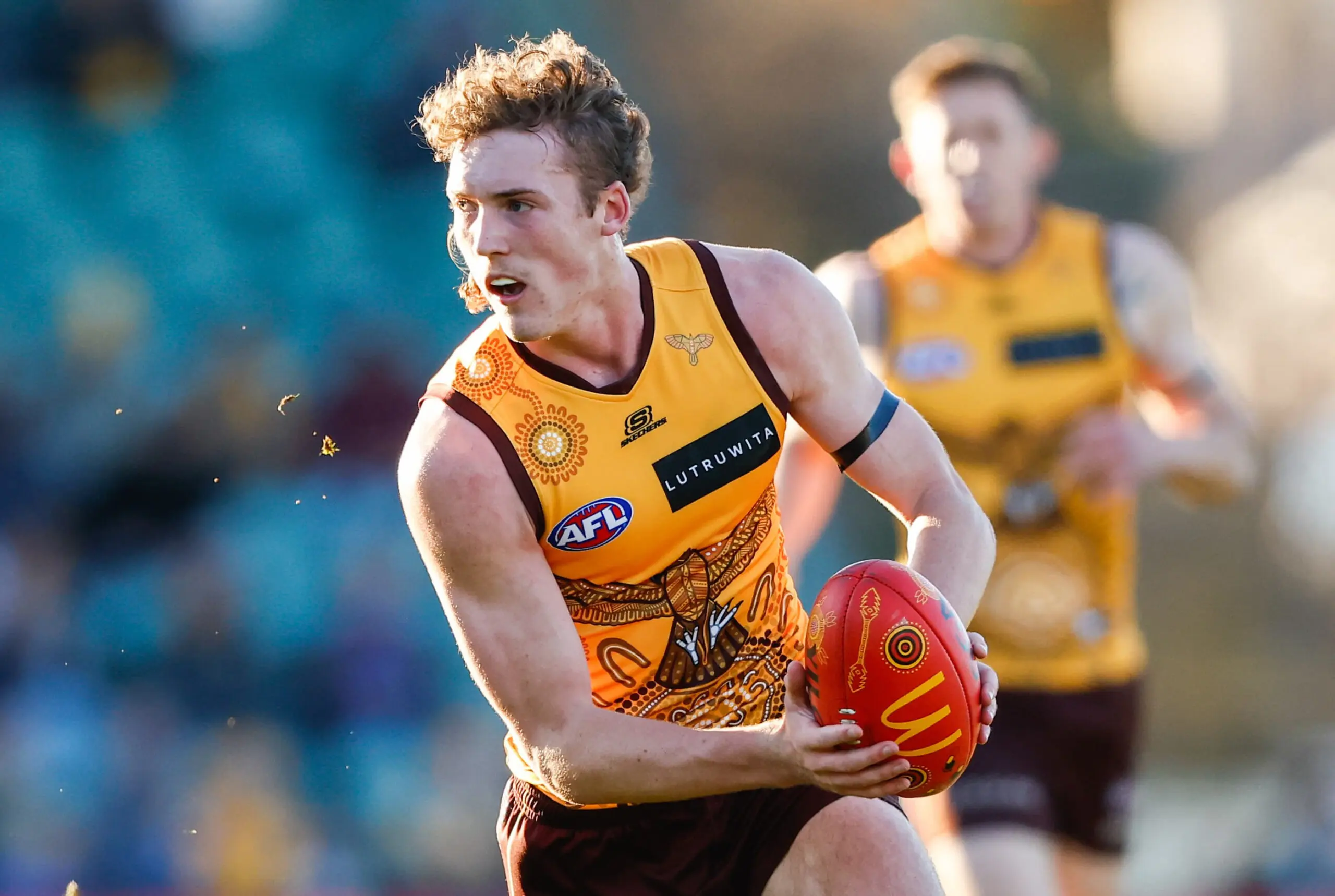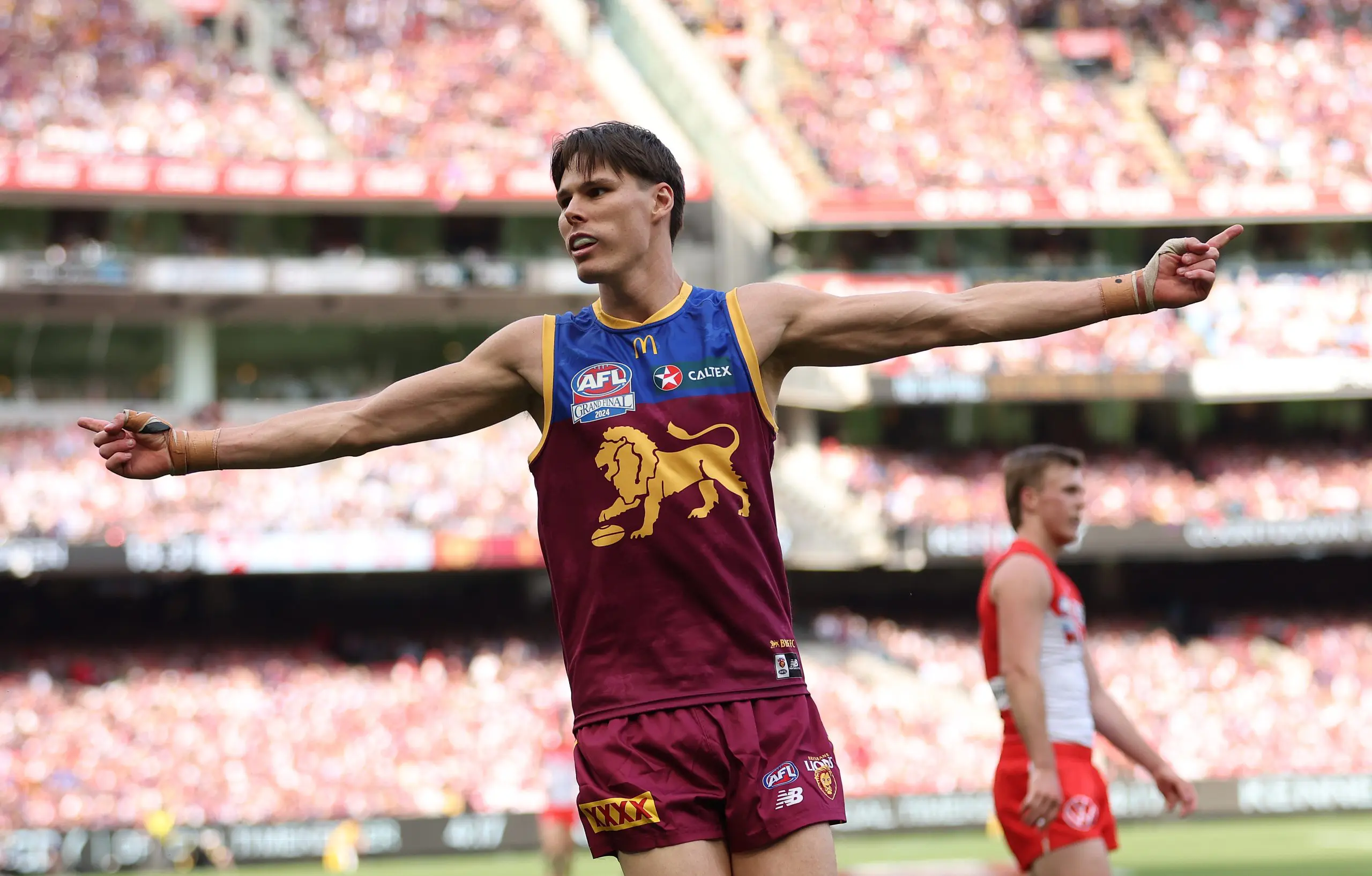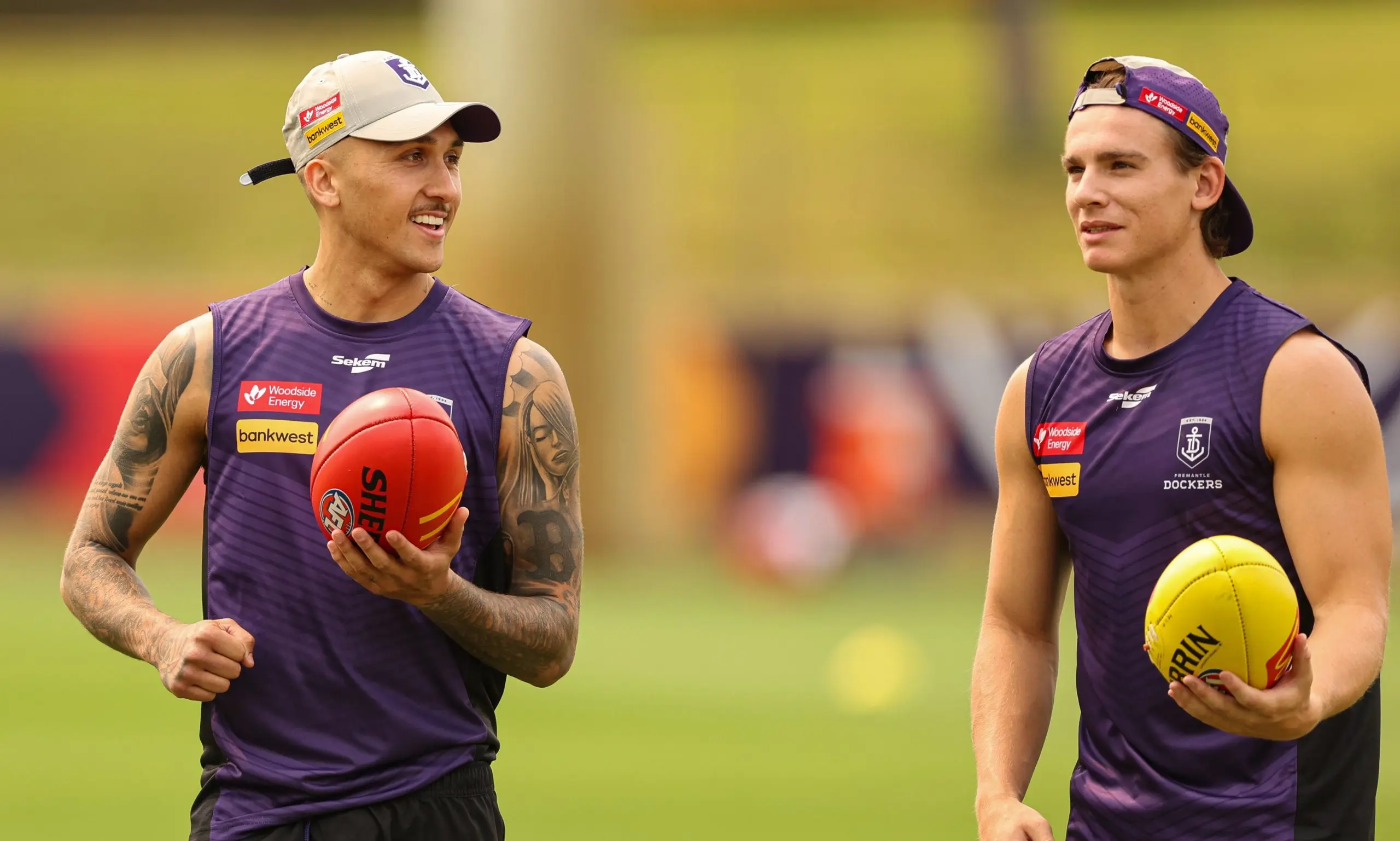Every year AFL clubs will alter their gameplan and playstyle to try and develop the future of football tactics and, hopefully, produce a style of play that wins a premiership.
It can take shape in different forms based on a coach's ideology - Ross Lyon is well-known for his defensive mindset, while Brisbane's surging offence ultimately prevailed on the biggest stage.
It's widely recognised that AFL coaches and tacticians are prone to taking inspiration from the prior season's successful clubs, leading to copycat gameplans as bottom-rung teams aim to produce a style of play that can rival the best.
Thus, premiership-winning sides are often prone to being imitated the following season, which is why gameplans must be constantly altered and improved upon year after year.
Let's take a look at three teams that succeeded in 2024 and are expected to succeed again in 2025.
Brisbane achieved the ultimate glory, Sydney set the standard nearly all year, and Hawthorn's meteoric rise shook the AFL world. It would be surprising if these clubs' gameplans do not become the blueprint for the cellar-dwellers of the competition leading into next season.
One thing they all have in common is their ability to hit the scoreboard. Sydney ranked first in the league for points per game, Brisbane averaged the third-most, and Hawthorn sat in sixth.
For Hawthorn, that of course takes into consideration their abysmal beginning to the 2024 season - across the last ten matches they ranked first for points per game.

Fast, counterattacking football has become the brand of winning football clubs. In 2024, AFL teams averaged 84.4 points per game, an increase of +0.8 compared to 2023, +3.9 compared to 2022, and +4.6 compared to 2021. It's gradual growth but a trend nonetheless.
It's not to say defence is irrelevant however, although the fourth-, fifth-, and eighth-best defensive sides in 2024 failed to make finals (St Kilda, Fremantle, and Melbourne), while the top eight scoring sides were all finalists.
Scoring doesn't just magically happen, though, so where and how do these clubs generate their attack?
Largely, it comes from scoring off turnovers. Sydney and Brisbane hold the top two spots for scores off turnover in 2024, averaging 55.1 and 53 points per game respectively from the opposition's errors.
From Hawthorn's last ten matches, where they boasted a 7-3 record, the Hawks ranked first with a staggering 58.3 points per game coming off turnover.
The Hawks were more likely to generate these scores from their defensive half, whilst Sydney and Brisbane were slightly more threatening when generating attacks from their forward half, although their scores originating from the defensive line are also in the top five of the competition.

It's all well and good to provide inside 50 opportunities, but they must be capitalised on at an efficient rate too. Sydney (ranked second) and Brisbane (ranked third) scored from 47.8% and 47.4% of their inside 50s respectively, while Hawthorn scored 49.2% of the time in the late-season surge.
Gold Coast averaged the fourth-most inside 50s per game in 2024 (55.4) but scored at just a 39.9% clip, the third-worst in the league. The Suns would miss finals again, highlighting it's not about the quantity of inside 50 entries, but the quality.
To boot with Brisbane, Sydney, and Hawthorn's strong counterattacking ability, the three clubs also boast scoreboard hitters in the midfield or disposal accumulating half-forwards. The likes of Isaac Heeney, Chad Warner, Zac Bailey, Hugh McCluggage, Dylan Moore, and Connor Macdonald all kicked 20 goals or more and averaged over 15 disposals per game, save for McCluggage who booted 19 majors.
St Kilda were criticised for having a one-paced midfield last season, and stats prove it was rightfully so. The Saints only had five goal-a-game players on their team, and first-year midfielder-forward Darcy Wilson was the team's leading goalkicker from the centre square.
Therefore it's unsurprising the Saints recorded the fourth-fewest points per game in 2024, ranked only above rebuilders West Coast, North Melbourne and Richmond.
So, if the AFL's coaches live up to their copycat moniker again in 2025, with aims to implement the strategies of next year's premiership favourites, here are three predictions for trends we could see enter the game in 2025.
All out attack
If the top eight scoring teams were also the top eight ladder finishers in 2024, then proof is in the pudding that defensive strategies are a thing of the past. If you want to play finals in 2025, make sure you get your offence right.
Last season's grand final was indicative of the future. Brisbane's six-goal blitz in 14 minutes blew the game out of hand in a similar fashion to Melbourne's 2021 third-quarter finish in the grand final.

Scoring multiple times, fast, is the brand of football that wins games and premierships. Of course, it's easier said than done.
But as aforementioned, turnover allows for the best counterattacking transitions to occur and for more scoring opportunities. Thus, line-breaking defenders could become even more potent from halfback should the prevalence of counterattacking football increase.
It means the likes of Josh Weddle, Nick Blakey, and Adam Saad could become more influential with their pace off the defensive arc, whilst pinpoint kicks such as Dan Houston and Dayne Zorko could be utilised to spur on attacks.
Houston could be the vital addition Collingwood were after if their game plan shifts to a bold attacking style. Houston was ranked as the second-best kick inside 50 in the AFL last year, per Champion Data, while the Magpies led the AFL by scoring from 48.1% of their inside 50s. The inclusion of a laser kick to a ruthless offensive strategy could place the Pies back in the top flight of the ladder in 2025.
Livewire forwards to make midfield switch
Midfielders that can hit the scoreboard could become crucial to a club's success, as 2024's best sides proved that a multitude of goalscorers is part of a winning brand of football.
Brisbane, Sydney and Hawthorn all had eight respective players averaging a goal per game or more in 2024.
For clubs that find their midfield is one-paced or they're too reliant on their key forwards, a positional switch for their X-factor players could be the solution.
Fremantle averaged the third-most clearances in 2024, but despite boasting the talents of Hayden Young, Caleb Serong, and Andrew Brayshaw, were the only top-five team in this category to miss finals and rank outside the top eight for points per game.
However, trade recruit Shai Bolton could add the missing spark to their midfield. A game-breaking, livewire talent, Bolton has experienced midfield minutes at Richmond, with a knack for scoring multiple goals as well as racking up touches. His flair could be the key to improving Fremantle's midfield dynamic and see them push for a maiden flag.

Similarly, an injury-free run from Izak Rankine will surely only improve Adelaide's midfield. His pace from the stoppage is untameable and could be the X-factor that produces a goal from nowhere late in tight finishes.
Likewise, Kysaiah Pickett has trialled midfield minutes in match simulation during pre-season this year. It could make the Demons' midfield potentially as threatening as years gone by, with the arrival of Pickett meaning Christian Petracca will not have to shoulder the burden of being the sole potent goalkicker in the midfield group.
One-on-one contests increase, key defenders become essential
If counterattacks are predicted to rise, then the backline could be caught out of position, meaning one-on-one contests are likely to increase.
If teams are to prevent scoring onslaughts, key defenders will hold the greatest responsibility in ensuring the opposition's best forward is quelled.
In 2024, Jacob Weitering had the best win-loss ratio for contested defensive one-on-ones (CDOOO), losing just 11.1% of the time. St Kilda's Callum Wilkie lost just 13% of the time, Melbourne's Steven May just 13.5%, and premiership skipper Harris Andrews just 14.3%.
Hawthorn's lineup has been bolstered by the inclusion of Josh Battle, who ranks 12th out of all key defenders for his win-loss CDOOO ratio, with captain James Sicily ranking 10th.
North Melbourne and Essendon's backlines could be under serious threat though, with their respective key backs Charlie Comben and Harry McKay ranking in the bottom five of the CDOOO category. Comben loses his CDOOO battles 41.9% of the time, while McKay loses 33.3%.
Should fast-paced attacks skyrocket in 2025, how the Kangaroos and Bombers cope will be intriguing to watch.






